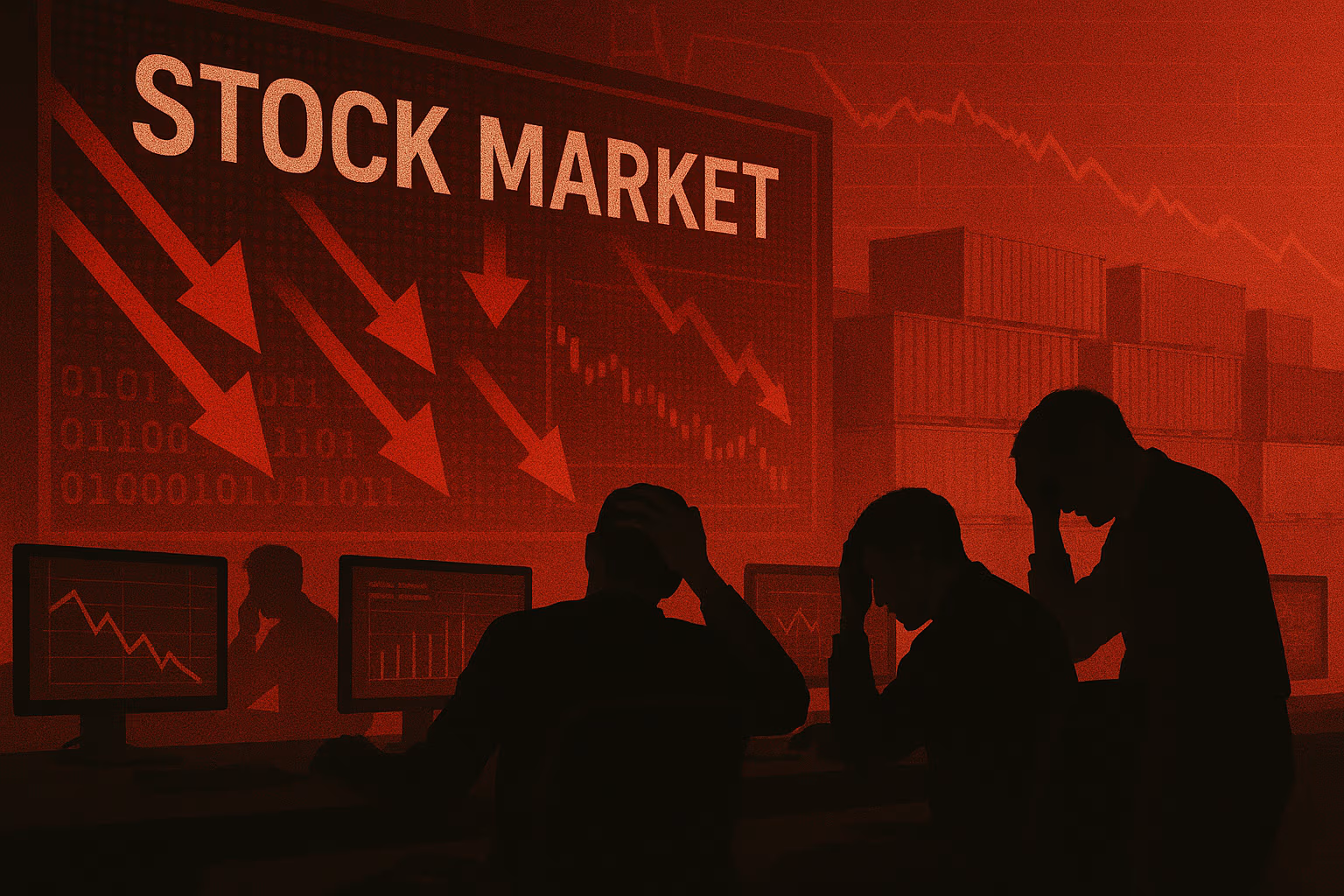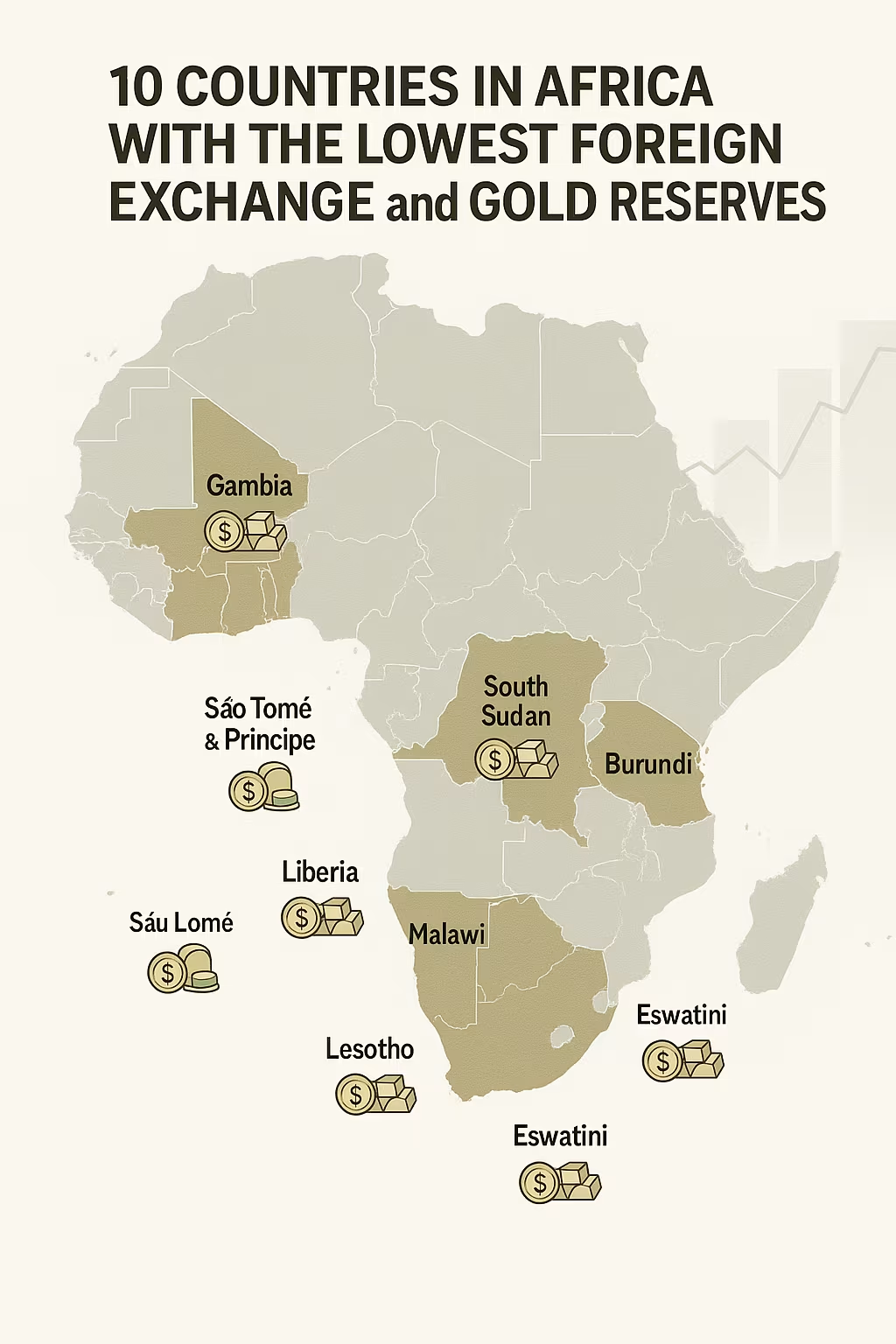Wall Street was rattled this week as a double dose of economic shocks sent major indexes into a tailspin. A fresh round of tariffs announced by the White House, combined with a disappointing jobs report, caused the markets to plummet and reignited fears of a broader economic slowdown. The S&P 500 closed down nearly 2.3% on Friday, its worst single-day drop in three months, while the Dow Jones Industrial Average shed over 700 points.
The timing of these developments could not have been worse for investors already nervous about high interest rates, persistent inflation, and signs of slowing global growth. With new trade barriers now threatening supply chains and labor data indicating a cooling job market, many fear the U.S. economy may be approaching a turning point — and not in a positive direction.
At the heart of the market selloff were the newly imposed tariffs on over $35 billion worth of Chinese electronics and intermediate goods. The Biden administration framed the move as a strategic effort to protect national security and support domestic manufacturing, particularly in semiconductors and clean energy technologies. However, the markets viewed the action as an escalation of economic tensions at a time when global trade is already under pressure.
Companies most exposed to China, particularly in the tech and industrial sectors, saw their shares hammered. Major semiconductor stocks fell by more than 4%, while machinery and auto manufacturers reported declines between 3% and 5%. Analysts warn that if Beijing retaliates with countermeasures, the ripple effects could impact everything from consumer goods pricing to corporate earnings forecasts in the third and fourth quarters.
While the tariffs captured headlines, it was the surprisingly weak July jobs report that added fuel to the fire. The U.S. economy added just 73,000 jobs during the month — well below the consensus estimate of 175,000. Worse, previous months were revised downward, pointing to a softening labor market that had, until recently, been a bedrock of the post-pandemic recovery.
The unemployment rate held at 4.0%, but wage growth slowed to 3.9% year-over-year, signaling reduced momentum in both consumer earnings and spending potential. Hiring pullbacks were particularly notable in manufacturing, retail, and professional services. These are traditionally bellwether sectors for economic health, and their underperformance is beginning to weigh heavily on broader sentiment.
The confluence of trade and labor concerns has reignited speculation about the Federal Reserve’s next move. While inflation has been trending lower — with core inflation at 3.2% — it still remains above the Fed’s 2% target. Now, weak employment data could push policymakers to pivot sooner than expected. Fed funds futures are already pricing in a 65% chance of an interest rate cut at the next FOMC meeting, up from just 30% last week.
Still, the path forward remains murky. A premature rate cut could reintroduce inflationary risks, especially if tariffs lift import prices in coming quarters. On the other hand, maintaining high rates amid signs of economic strain could push the economy into recession. The central bank is walking a tightrope, and recent data has made that balancing act even more precarious.
From an investor perspective, this moment feels eerily familiar. During similar episodes in 2018 and 2019, tariffs and erratic labor trends caused heightened volatility, even as corporate earnings appeared resilient. The key difference today is the added burden of tighter monetary policy and lingering post-pandemic imbalances in labor participation, supply chains, and housing.
Consumer confidence has already started to wane. According to the latest survey data, Americans are increasingly worried about job stability, inflation, and the potential for rising costs due to international trade frictions. Business confidence, too, is beginning to fade. Several large U.S. manufacturers and retailers have issued cautious forward guidance, citing uncertainty around tariffs, foreign demand, and tightening credit conditions.
Bond markets responded swiftly to the week’s turmoil. The yield on the 10-year Treasury fell to 3.88%, a two-month low, as investors fled to safe-haven assets. Meanwhile, gold prices rose by 1.6% and the dollar slipped against a basket of global currencies, suggesting that confidence in near-term U.S. economic strength is weakening.
Technology stocks, once seen as the engine of U.S. growth, are now at the center of the storm. Apple, Nvidia, and Tesla all suffered notable losses as fears about supply chain disruptions and weakening consumer demand mounted. The tech-heavy Nasdaq fell nearly 3%, erasing weeks of modest gains.
International markets echoed the chaos. Asian indexes closed sharply lower as news of U.S. tariffs spread, while European exchanges opened in the red and failed to recover through the trading session. Global investors are once again recalibrating risk exposure amid rising geopolitical and economic tension.
The White House, for its part, has attempted to downplay the market reaction, emphasizing the long-term strategic goals behind the tariff decision. Spokespersons stressed that the administration is committed to boosting domestic competitiveness, even if it requires short-term sacrifices. Still, financial analysts and industry leaders remain skeptical, fearing that trade wars rarely deliver clear economic victories and often create prolonged periods of uncertainty.
The upcoming weeks will be critical for both economic data and policy response. Investors are now looking ahead to the next CPI release, retail sales figures, and any signs of recovery in employment trends. Federal Reserve Chair Jerome Powell is also expected to address the evolving economic landscape during the upcoming Jackson Hole Symposium, where he may provide clues about the central bank’s next move.
For now, the message from the markets is unmistakable: confidence is shaken. The combination of rising trade barriers and weakening labor fundamentals is a recipe for volatility, and investors are repositioning accordingly. Until there’s clarity on both the Fed’s direction and the international trade picture, markets are likely to remain on edge.
As portfolios adjust and analysts issue new guidance, one thing is clear — the old assumptions about economic resilience may no longer apply. With global pressures mounting and internal indicators flashing yellow, the U.S. economy could be headed for a recalibration, and investors are right to be cautious.





